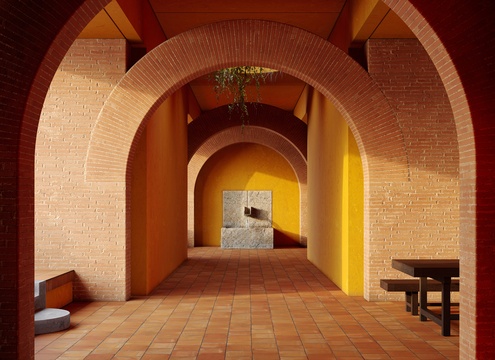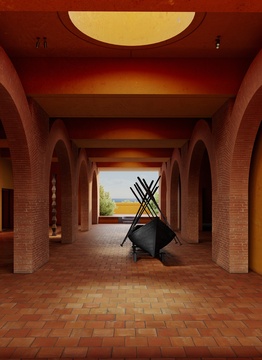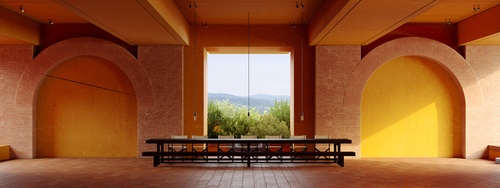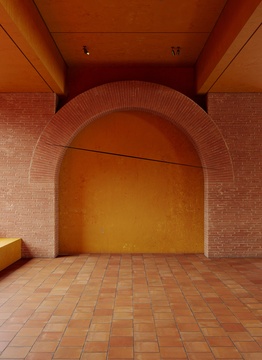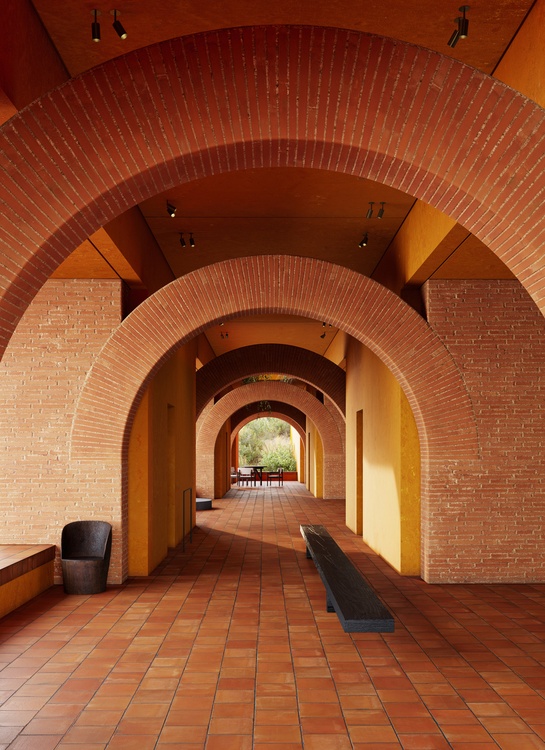
Arсades of Arcadia
Type – Private residence
Location – Liguria, Italy
Date –
In our design for Villa LdS detta Arcadia we focused on the enfilade loggias facing south to the sea. And at the same time, solving specific structural issues, seismic as well, to ensure the rigidity and stability of the building, we went for a hybrid model of the structure made of concrete envelopes and arched brickwork braced framing.
Nowadays, in our opinion, arches are mostly used as decorative elements, but it was important for us to incorporate this beautiful structure into our design as a veritable structural element. Meantime, an element that would give the most expression to the loggia spaces of the villa.
And arches are indeed elements that contribute to the rigidity and stability of a structure. They actually work and here's why:
- Structural Stability: Arches are known for their ability to distribute loads evenly, allowing them to bear significant weight and resist the forces acting upon them. The curved shape of an arch transfers the load downwards and outwards to the supporting columns or walls, creating a stable and self-supporting structure or bracing them in one framework;
- Load Bearing: Arches are often used in load-bearing applications, such as supporting walls or spanning openings, like windows, doors, or passageways. By effectively transferring the weight above to the supporting elements on either side, arches can bear substantial loads without the need for additional support;
- Compression Forces: Arches rely on compression forces to maintain their stability. The curved shape of an arch allows it to convert the vertical loads into compressive forces, which are then efficiently distributed along the curve. This inherent ability to handle compression forces contributes to the rigidity and strength of the structure;
- Resistance to Lateral Forces: Arches also exhibit resistance to lateral forces, such as those caused by wind or earthquakes. The curved shape of an arch helps to dissipate and redirect these forces, preventing the structure from collapsing or becoming compromised;
- Durability: Arches are often constructed using materials with high compressive strength, such as stone, brick, or reinforced concrete. These materials, along with the arch's design, contribute to its durability and ability to withstand the test of time. The immutability of the structure is enhanced by the arch's ability to maintain its shape and stability over long periods;
- Architectural Aesthetics, finally: Apart from their functional benefits, arches also add aesthetic appeal to a structure. The graceful curves and sweeping lines of arches can enhance the visual appeal of a building, creating a sense of elegance and timelessness.
